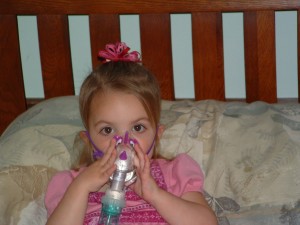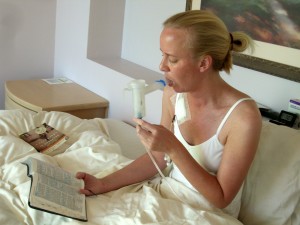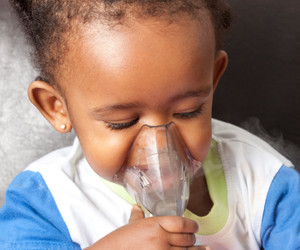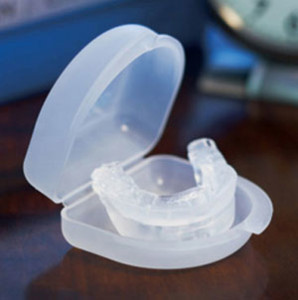Breathing Treatment Options to Cure Sleep Apnea
Millions of Americans today live with different breathing problems. Sadly, the numbers are increasing by the day, so there is no doubt at all that the condition is here to stay; at least until people stick to healthy habits that can suppress the condition and seek treatment on time. That said, just how much do you know about breathing problems?
Is it really enough to go for a breathing treatment or buy a sleep apnea mouth guard and ignore the other treatment options available? It all starts by understanding different breathing disorder treatments that are available. Doing so will help you learn more about the different options available, so you can widen your scope and be more aware of each treatment.
- Surgery
Surgical intervention may or may not be a viable option depending on your condition. The reason is simple; no surgical procedure is 100 % perfect or universally successful. Then again, every patient has a different shaped throat and nose. That’s why before surgery is considered, your maxillofacial and oral surgeon must measure your airway passage at specific points to look for any abnormal flow of air from your nose to your lungs. It is because of such precision that surgery is an ideal breathing treatment for bronchitis as well as severe sleep apnea. It offers long lasting solutions but like you may have already guessed, it is costly. Note that there are several surgery procedures for breathing problems. Some of the most common procedures include:
- Uvulopalatopharyngoplasty (UPPP)
- Hyoid Suspension Genioglossus Advancement (GGA)
- Maxillomandibular Advancement (MMA)
- Exercise
It’s hard to think of exercising as an effective breathing treatment option, but it is. You should however be extremely careful with the work out plan you choose because some intense physical activity can be detrimental to people with breathing problems. To be on the safe side, always ask your doctor before starting any work out plan. Different breathing exercises can improve your condition by:
- Strengthening your diaphragm
- Bringing up deep seated mucus
- Keeping your chest wall and lungs mobile
- Getting enough air into your lungs
Most hospitals with respiratory units run lung and airway rehabilitation courses. Check out for such courses in your hospital, which should be at least twice a week for six to seven months. The courses may use holistic approaches such as:
- Occupational therapy
- Physiotherapy
- Monitored use of treadmills
- Tailored work out routines
- Lectures by respiratory physicians
Breathing Tests
Doctors often diagnose breathing problems by:
- Performing a physical exam
- Using different tests
- Taking a patients history
- Taking X-rays
All these factors will help your doctor to understand your condition well. They could reveal underlying conditions such as bronchitis or asthma, which always makes one’s breathing hard. That is why consulting your doctor as soon as you have difficulties breathing is recommended. Just be on the lookout for anything strange, even if it seems extremely trivial or subtle.
Breathing Machines
First things first; your breathing machine for sleep apnea or inhaler for asthma is not a cure. It is just but a breathing treatment method. That means that it is more or less like a prescription. You have to use it daily for better results. You also have to take care of your breathing device well. Read its instruction label and find out from your medical equipment supplier or doctor how to go about washing your device.
Living with breathing disorders is not the end of the world. With just a few tips on how to live with the condition you should be fine. Go for regular checkups, stick to your breathing treatment medications and most importantly, follow what your doctor tells you. Then if you have a portable breathing treatment machine, always carry it with you when travelling and remember to clean it or replace it after some time.



